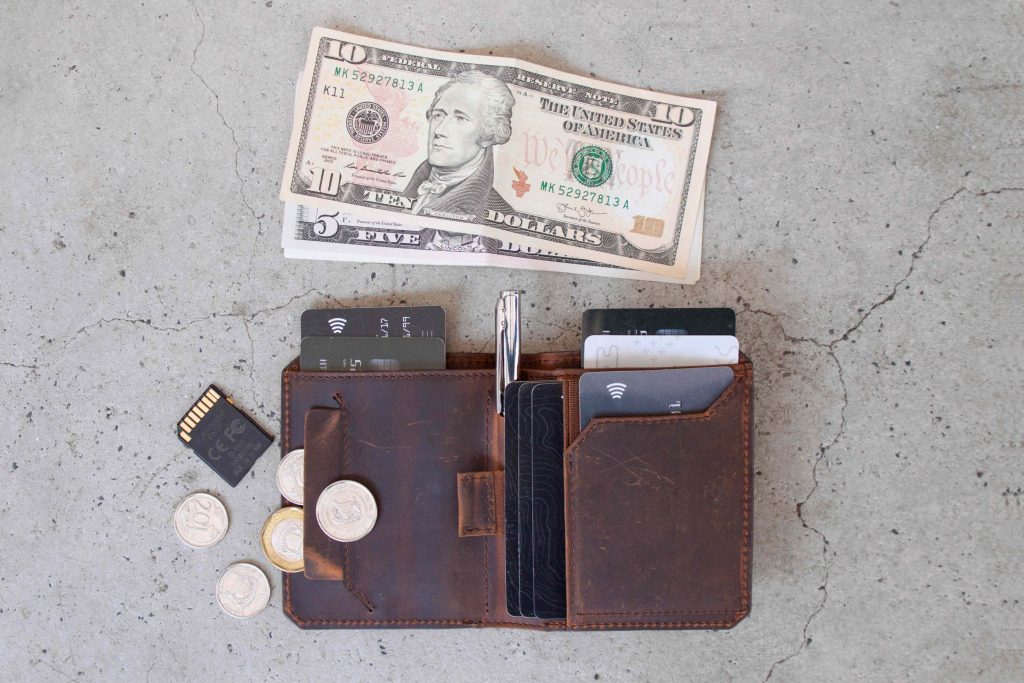Real Talk: Travel Banking Can Be a Security Nightmare
If you’ve ever tried logging into your bank account from a random café in Colombia only to get hit with a “suspicious login” warning, welcome to the club. I’ve had my card frozen in Turkey, locked out of my account in Vietnam, and once triggered a fraud alert just by checking my balance in Croatia.
So yeah, I’ve learned a few things the hard way. Here’s how I now safely access my bank and personal accounts while hopping from one Wi-Fi network to the next.
1. Avoid Logging In on Public Wi-Fi Unless You’re Protected
Look, I get the temptation. You’re sipping coffee in a scenic square in Lisbon and you just want to check if your Airbnb deposit came through. But here’s the thing — public Wi-Fi is like an open party where anyone can eavesdrop. Without protection, your login info is fair game for anyone with the right tools.
Most public networks use little or no encryption. That means your connection can be intercepted through techniques like packet sniffing or even fake “free Wi-Fi” traps. Yikes.
2. Use a VPN Every Single Time
I never — and I mean never — check my bank without firing up a VPN first. My go-to is NordVPN. It creates a secure tunnel between my device and the internet, keeping prying eyes out.
Even better? It’s fast enough that I don’t even notice it’s on, and I’ve used it everywhere from hotel rooms in Bangkok to an airport lounge in Paris without issue.
3. Add an Extra Layer With a Secure Router
This one’s been a game-changer for me. I travel with a little device from GL.iNet — it’s basically a portable travel router that creates my own secure network no matter where I am. So instead of trusting sketchy hotel Wi-Fi, I connect to my router, which is running its own firewall and VPN.
The one I use is this travel router from GL.iNet — works like a charm and fits in your pocket.
➡️ Grab the same GL.iNet router here
4. Set Up Two-Factor Authentication (and Not Just SMS)
If your bank still uses SMS as its only form of two-factor authentication, I feel for you. Those messages often fail to arrive abroad — or worse, get delayed by hours. Use an app like Authy or Google Authenticator instead.
I once got locked out of my account in Seoul for 3 days because my U.S. SIM wasn’t working. Never again.
5. Don’t Use Public Computers (Ever)
Yes, that “business center” PC in your hotel looks convenient. No, you shouldn’t use it — especially for banking. You have no idea what malware or keyloggers are sitting there. Always use your own device with known security settings.
6. Keep Your Passwords Secure (and Unique)
I know it’s tempting to reuse the same password across sites, but banking should never share passwords with anything else. I use NordPass to generate and store strong, unique passwords for every login.
➡️ Try NordPass password manager here
It’s encrypted, works offline, and syncs across my phone and laptop so I’m never locked out.
7. Let Your Bank Know Where You’ll Be
This one sounds old-school, but some banks still flag foreign logins unless you give them a heads-up. A quick note through your banking app can prevent frozen cards and annoying security alerts.
Final Thoughts
Banking abroad doesn’t have to be a gamble. A few key tools — NordVPN, GL.iNet router, and NordPass — plus a few smart habits go a long way.
Real talk: You don’t want to be the one stuck in a hostel lobby arguing with your bank’s chatbot at 2 AM.

